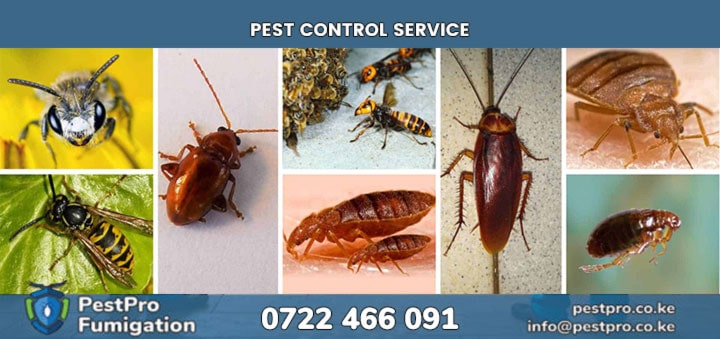Carpet Beetle Control: Protecting Your Fabrics and Furniture
Carpet beetles pose serious threats to natural fiber materials throughout Nairobi homes, causing extensive damage to carpets, clothing, upholstery, and other valuable items. These small insects are often overlooked until significant damage occurs, making early detection and prevention essential for protecting household investments in Kenya's urban environment.
Carpet Beetle Species and Damage Patterns
The varied carpet beetle, most common in Nairobi homes, features distinctive white, brown, and yellow scale patterns on its rounded body. Adults feed on pollen and nectar outdoors but lay eggs indoors where larvae cause extensive damage to wool, silk, leather, and other natural materials commonly found in Kenyan households.
Black carpet beetle larvae create characteristic holes in fabrics while leaving behind brown, shell-like cast skins as they grow and molt. These larvae prefer undisturbed areas like closets, storage rooms, and underneath furniture where they can feed undisturbed for months before pupating into adults.
Furniture carpet beetles target upholstered furniture, particularly antique pieces and natural fiber cushions common in Nairobi's established neighborhoods. Damage patterns include surface grazing on fabrics and concentrated feeding areas where larvae establish feeding territories in furniture construction materials and padding.
Prevention Through Proper Storage and Cleaning
Regular vacuuming represents the most important carpet beetle prevention measure, removing eggs, larvae, and food sources that support infestations. Focus on areas under furniture, along baseboards, in closets, and around storage areas where carpet beetle larvae commonly establish feeding territories.
Store seasonal clothing, blankets, and other susceptible items in sealed plastic containers or vacuum-sealed bags to prevent carpet beetle access. Clean items thoroughly before storage, as larvae are attracted to food stains, perspiration, and other organic soils that provide additional nutrition beyond fabric fibers.
Maintain clean storage areas by regularly disposing of accumulated lint, hair, and debris that can serve as food sources for developing larvae. Professional cleaning of valuable rugs, upholstered furniture, and clothing helps remove eggs and larvae while preserving the condition of natural fiber items in Nairobi's dust-prone environment.
Treatment Options for Active Infestations
Professional pest control treatments provide the most effective approach for established carpet beetle infestations, using residual insecticides applied to infested areas and potential breeding sites. These treatments target both adult beetles and developing larvae while providing extended protection against reinfestation.
Heat treatment offers a non-chemical alternative for treating infested clothing and small items, using sustained temperatures of 48-50°C to kill all life stages. This method works well for valuable items that cannot be treated with insecticides but requires professional equipment to achieve necessary temperatures throughout treated materials.
Freezing treatments can eliminate carpet beetles from small items using standard home freezers, though items must remain at -18°C for at least 72 hours to ensure complete mortality. This approach works well for books, documents, and small decorative items but may not be practical for larger infested materials requiring professional intervention.
More pest Control ServicesPestPro Facebook Page
Medium
